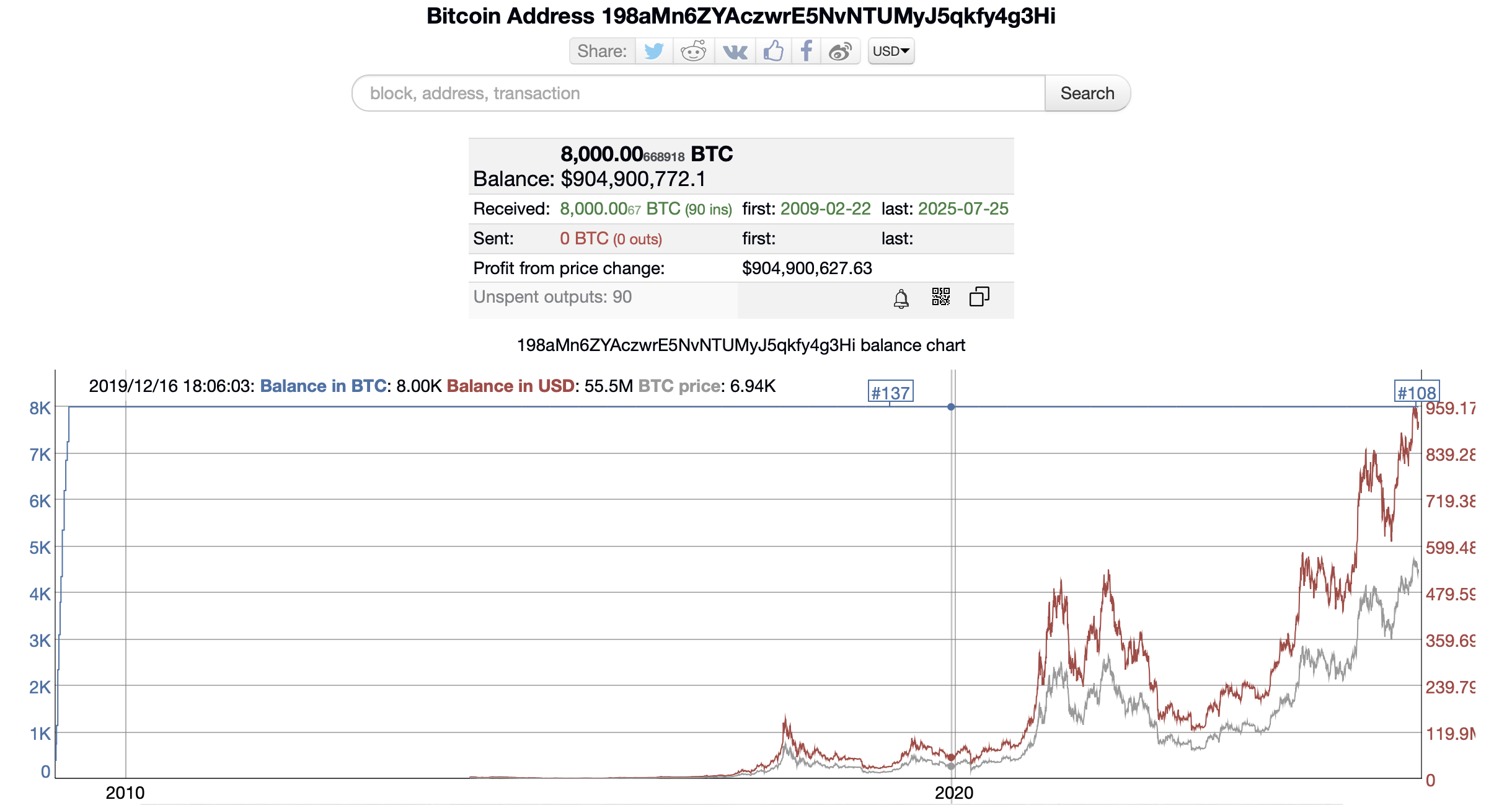James Howells is launching a new DeFi project inspired by his lost hard drive containing 8,000 Bitcoin, after abandoning efforts to recover it from a landfill.
-
Howells plans to create a DeFi token representing the lost Bitcoin, symbolizing a “vault” that cannot be accessed.
-
His story serves as a cautionary tale for cryptocurrency self-custody.
-
The project has attracted attention from the entertainment industry, leading to a docuseries adaptation.
James Howells is pivoting from recovering lost Bitcoin to launching a DeFi project, turning his 12-year saga into a new opportunity.
The Lost Hard Drive That Launched a 12-Year Treasure Hunt
In 2013, Howells mistakenly tossed the drive while tidying his office in Newport, South Wales. He had mined the 8,000 BTC when each coin was worth less than $1. Today, the lost stash is worth about $905 million, and his story has become a cautionary tale for anyone who self-custodies their crypto.

Over the years, Howells has proposed a range of solutions, from funding an excavation with private capital to proposing to buy the Newport landfill outright.
In March 2025, the UK Court of Appeal rejected Howells’ bid for a permit to excavate the landfill, with Judge Christopher Nugee ruling there was “no real prospect of success” in the case.
At Bitcoin 2025 in Las Vegas, Howells floated an Ordinals-based token representing 21% of the wallet’s value to fund a potential dig, with tokenholders earning a cut if recovery succeeded. That idea, too, was shelved after the city remained silent.
“They had the chance to engage and negotiate with me on favorable terms for 10 years,” Howells told Cointelegraph. “What else do you want me to try? Shall I raise an army and march on the King himself?”
With the door to excavation closed, Howells says he’s giving up on completing the dig, but not on the Bitcoin.
‘The Ultimate Vault’
With the door to excavation closed, Howells is pivoting once again. Rather than recover the 8,000 BTC buried in a landfill, Howells told Cointelegraph he plans to launch a DeFi-focused layer-2 network built on Bitcoin.
The token will not be backed by spendable Bitcoin, but by the idea of the lost coins, making the lost hard drive a symbolic vault. “We won’t need to access the 8,000 Bitcoin wallet because the new token is a representation of it — that’s the whole point,” he said. “The landfill becomes a vault no one can open, but everyone can see.”
However, not everyone shares this view. Harry Donnelly, founder and CEO of Circuit, told Cointelegraph that there’s a “very low chance” of recovering the funds.
“You’d have to multiply the very low chance of recovering the Bitcoin by the low chance the token would be recognized as a valid claim, and then by the high value of the Bitcoin. That leaves some residual value, but that’s not what it will trade on. It will trade on narrative,” he said. “It’s better viewed as a memecoin than a real investment.”
Still, Howells’ ongoing saga hasn’t been lost on the entertainment industry. In April, he signed a deal with Los Angeles–based production company Lebul, granting exclusive rights to adapt his story into a docuseries, podcast, and social-first content.
The project, titled “The Buried Bitcoin,” aims to bring one of crypto’s most infamous lost-fortune tales to the screen — even if the hard drive is lost forever.
Key Takeaways
- Howells is launching a DeFi project: Inspired by his lost Bitcoin, he aims to create a token symbolizing the inaccessible coins.
- Legal battles hindered recovery: After years of attempts, the UK Court of Appeal denied his excavation permit.
- Entertainment interest grows: His story is being adapted into a docuseries, showcasing the saga of lost Bitcoin.
Conclusion
James Howells’ transition from a physical recovery effort to a DeFi project highlights the evolving landscape of cryptocurrency. His story serves as a reminder of the risks associated with self-custody, while also opening new avenues for innovation in the blockchain space.
